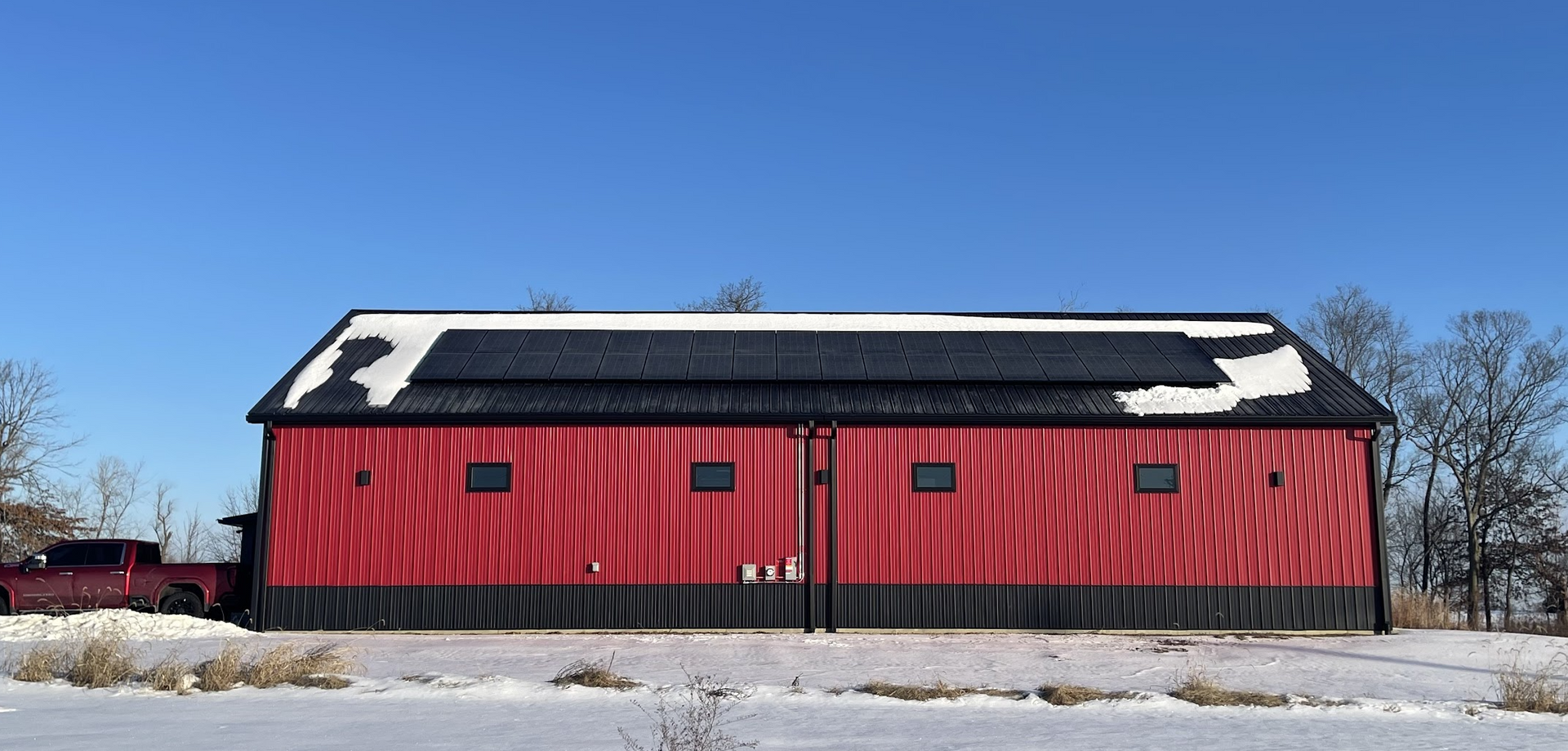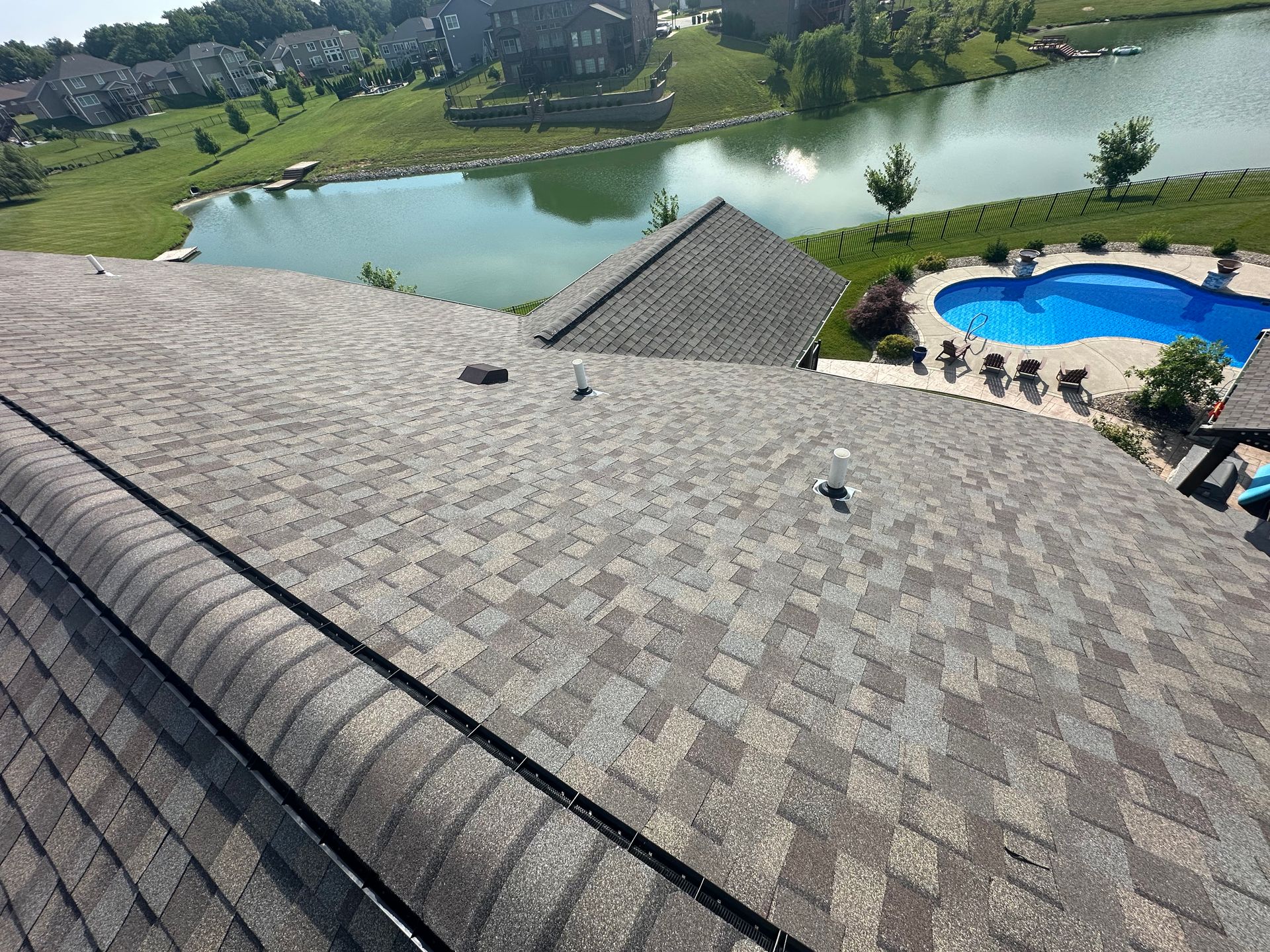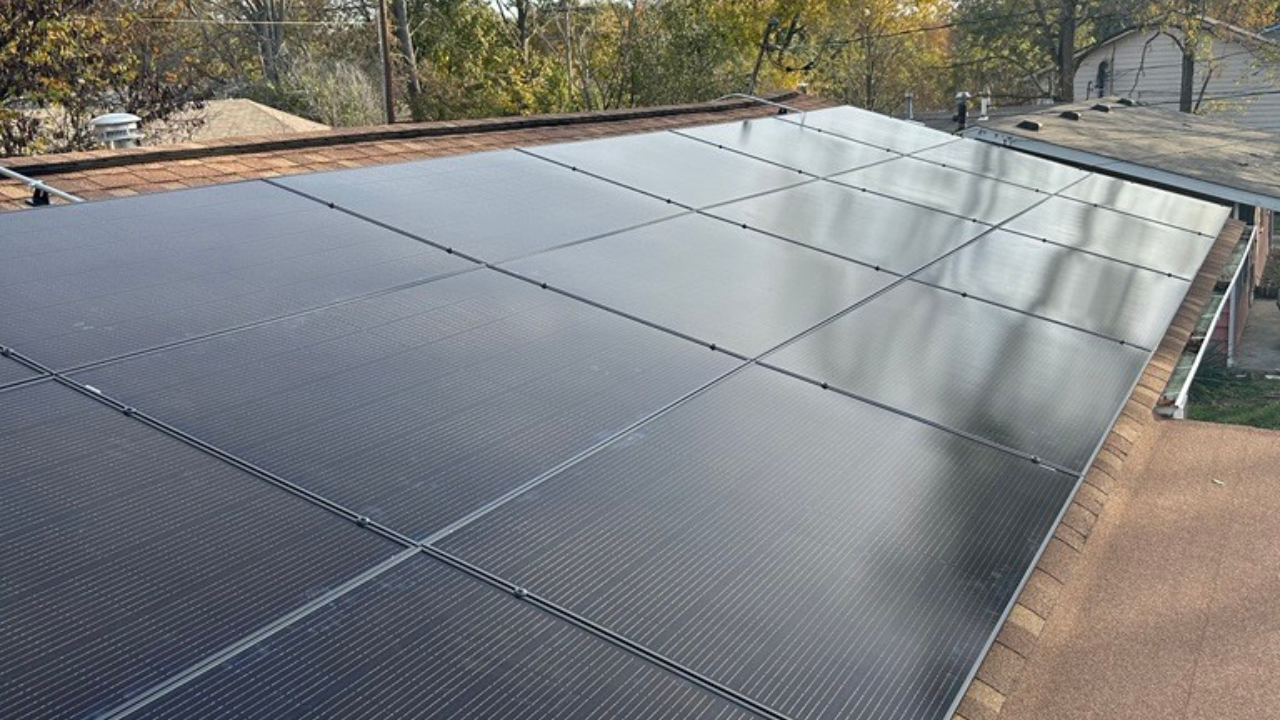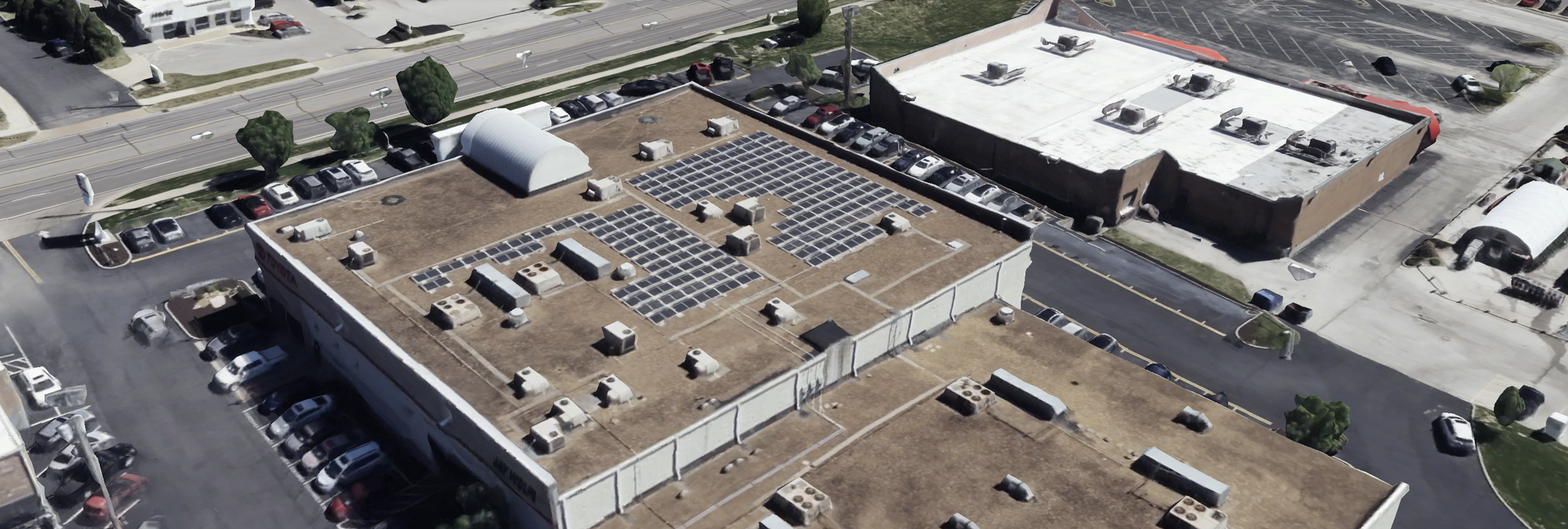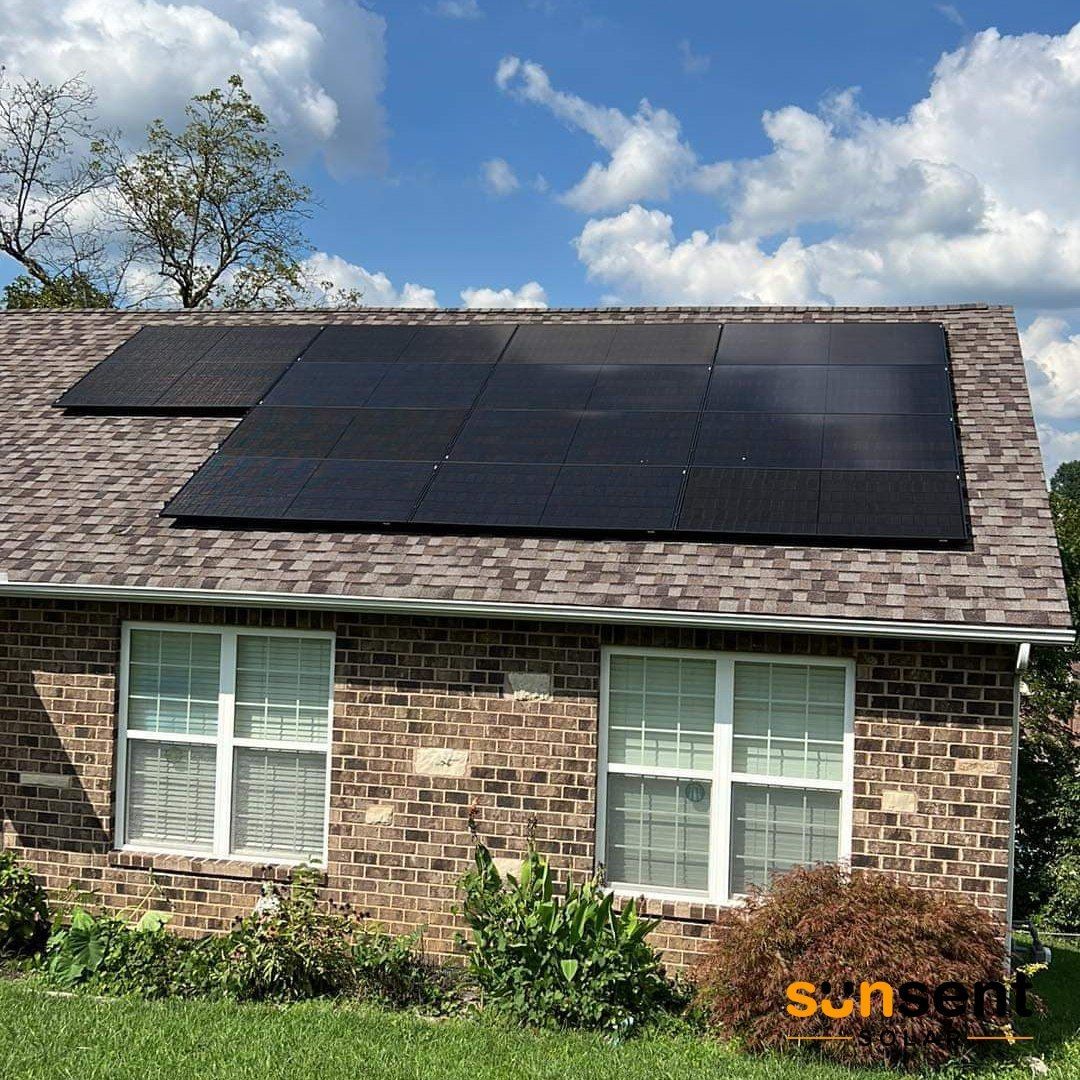Storms Incoming! Don't Wait for the Leak
St. Louis, get ready. The forecast for Saturday, October 18, 2025, calls for a strong cold front bringing showers and thunderstorms, with the greatest threat for severe weather—including damaging winds, large hail, and even the possibility of a tornado or two—expected mainly between 12 PM and 6 PM.
As professional roofers serving the St. Louis area, we know that these severe weather events are not just a day of heavy rain; they are a direct assault on your home's most critical defense system: your roof. The temptation is to wait for a visible leak, but that delay can turn a minor repair into a major, costly disaster.
Here is why scheduling a professional roof inspection immediately after this weekend's storm is the smartest long-term savings strategy for every St. Louis homeowner.
The Hidden Havoc: Storm Damage That Doesn't Wait
The true danger of a severe storm is the damage you can’t see from the ground. High winds and hail rarely deliver a catastrophic blow, but instead cause subtle, progressive damage that compromises your roof’s integrity over time.
1. Wind Uplift & Broken Seals
The strong wind gusts forecasted for Saturday can cause:
- Lifted or Missing Shingles: Wind can break the thermal seal that holds your shingles down, allowing water to be pushed underneath, even if the shingle doesn't blow off entirely. Missing shingles are an obvious sign, but lifted shingles are a silent threat that leaves your roof decking exposed to the next rain.
- Damaged Flashing: The metal flashing around chimneys, vents, and skylights is highly vulnerable to wind damage. If it's loosened, bent, or torn, it creates a direct pathway for water intrusion into your attic and walls.
2. Hail Granule Loss
If Saturday's storms bring large hail, it’s not just about finding big dents. The primary damage to asphalt shingles is the loss of protective granules.
- The Invisible Erosion: These granules act as a protective layer against the sun's harsh UV rays. When hail knocks them off (look for an accumulation of granules in your gutters!), the exposed asphalt mat quickly deteriorates, drastically shortening your roof’s lifespan and making it brittle and prone to cracking.
3. The Water Time Bomb
Small, invisible damage from this weekend’s storm will turn into major water damage without swift action. A hairline crack from a piece of hail or a loosened vent boot allows water to begin seeping in.
- Interior Damage: This leads to water stains on your ceiling, peeling paint, and the dreaded wet attic insulation. Wet insulation stops working, skyrocketing your energy bills and becoming a breeding ground for mold and mildew—an incredibly expensive problem to remediate.
Your Long-Term Savings Strategy: The Power of Proactive Inspection
A professional roof inspection immediately following this weekend's severe weather is not an expense—it is a critical investment that saves you thousands in the long run.
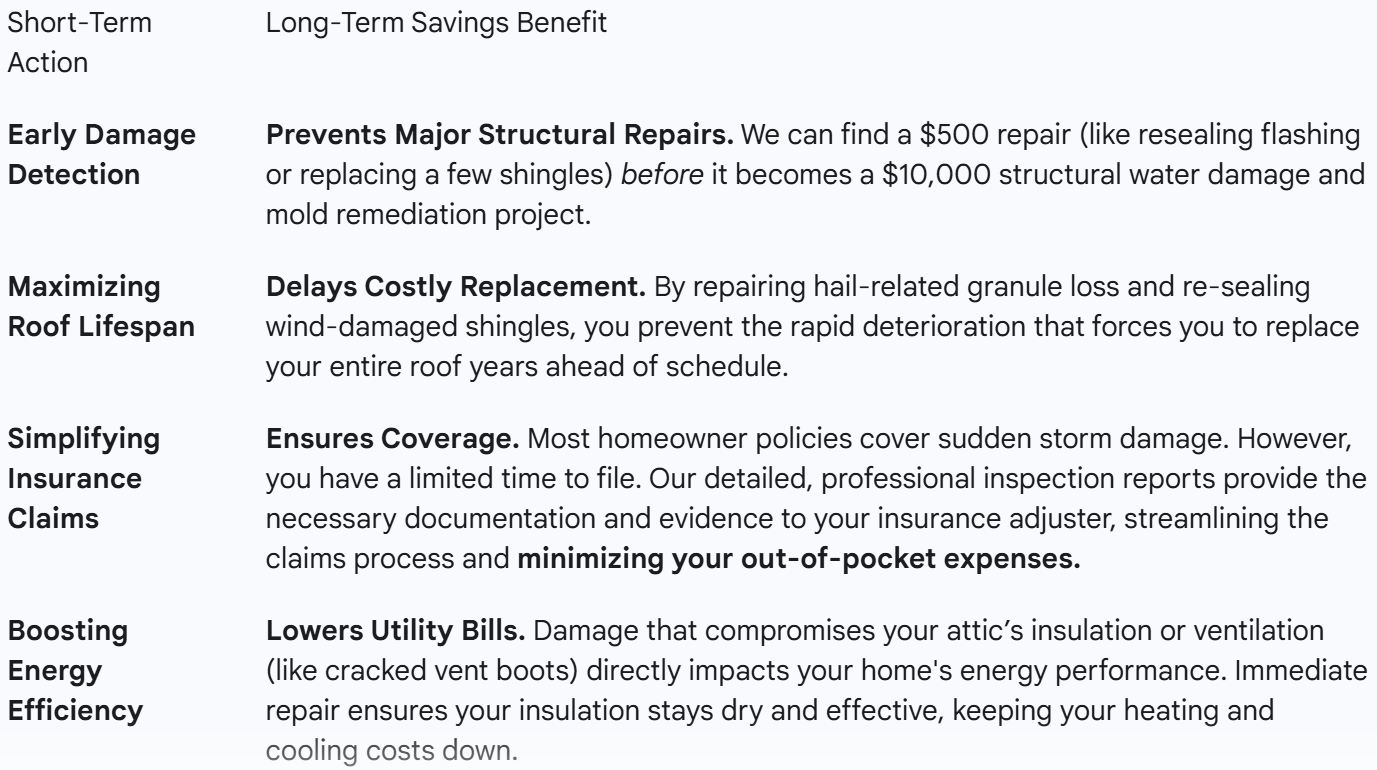
The Professional Advantage
While you can inspect your property from the ground for obvious signs like shingles on your lawn or a downed tree limb, storm damage inspection requires an expert eye.
Our certified professionals use specialized training to:
- Identify Granule Loss Patterns: Hail damage is often subtle and can only be seen up close by recognizing impact marks and granule wear patterns.
- Inspect Flashing and Penetrations: We safely climb on your roof to check critical transition points—chimneys, vents, and valleys—where leaks are most common and damage is often hidden.
- Check the Attic: The interior of your attic can be the first indicator of a water problem, revealing stains or wet insulation that confirm a leak.
The severe weather threat for St. Louis this Saturday is a call to action. Don't let a small, undetectable crack from the storm turn into a catastrophic leak this winter. Protect your home and your wallet by scheduling your comprehensive, post-storm roof inspection today.
[Your Company Name] is here to ensure your roof remains your home's strongest line of defense. Call us now for a free storm damage assessment.
FAQ: Post-Storm Roof Inspection
Q: How soon after the storm should I get an inspection?
A: As soon as possible, and definitely within a few days. Your home's safety is the priority. Early inspection is crucial for catching subtle damage before it leaks and for providing timely documentation for your insurance claim.
Q: Can't I just check my roof myself?
A: We recommend a visual check from the ground for major issues (like missing shingles or tree limbs). However, never climb onto your roof yourself. Professional inspectors are trained for safety and are expert at spotting the subtle, non-obvious damage—like granule loss and micro-cracks—that an untrained eye will miss.
Q: If my roof isn't leaking, do I still need an inspection?
A: Absolutely. A leak is the final stage of damage. The goal of a post-storm inspection is to find the precursor damage (like broken shingle seals or hail impacts) that, if left alone, will turn into a devastating leak in the future.
Q: Is the inspection covered by my insurance?
A: The inspection itself is typically an out-of-pocket expense (though many reputable companies offer it for free or at a low cost after a storm). However, the cost of repairs for storm damage often IS covered by your homeowner’s insurance. A professional report is required to properly file and maximize your claim.

